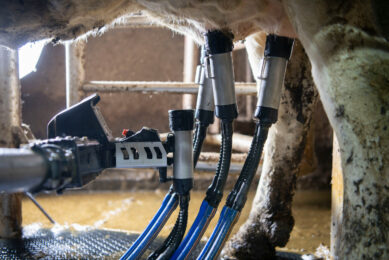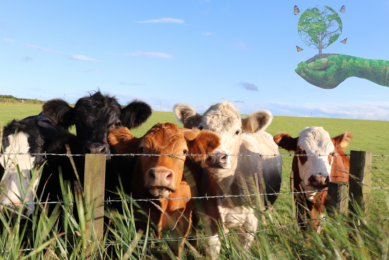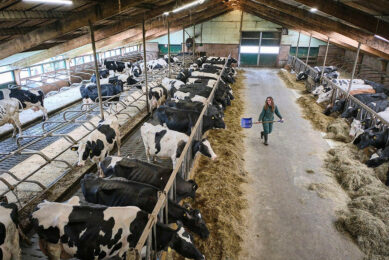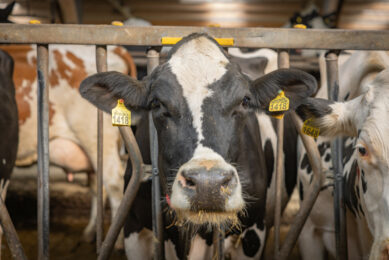Energy and protein variation in ruminant feed
![Energy and protein variation in ruminant feed. Photo: [Van Assendelft Fotografie]](https://www.allaboutfeed.net/app/uploads/2020/12/001_18_rb-image-2818132.jpeg)
A research team from India determined the chemical composition and metabolisable energy (ME) content of feedstuffs used in ruminant animals.
The nutritive value of ruminant feed is determined by the concentration of its chemical compositions, as well as rate and extent of digestion in the rumen. The ultimate goal of feed analysis is to predict the productive response of animals when they are fed rations of a given composition. This is the real reason for the necessity of information on feedstuff composition.
In this study, a total of 18 feedstuffs used for ruminant feeding including cultivated non-leguminous fodders like maize, sorghum, pearl millet, and oat; leguminous fodders like cowpea and berseem; agro-industrial by-products such as wheat bran, deoiled rice bran, rice polish, wheat straw, and concentrates such as mustard oil cake, groundnut cake, soybean meal, cotton seed cake, grains like maize, oat, wheat, and barley were taken. Chemical compositions and cell wall constituents of test feeds were determined in triplicate. The crude protein (CP) content was calculated as nitrogen (N) × 6.25. True dry matter digestibility (TDMD), true organic matter digestibility (TOMD), ME, and partitioning factor (PF) values were determined by in vitro gas production technique (IVGPT).
Crude protein content
It was shown that the CP content of non-leguminous fodders varied from 7.29% (sorghum) to 9.51% (maize), but leguminous fodders had less variation in CP. Oilseed cakes/meals had high CP and ether extract (EE) content than other feedstuffs except rice polish, which had 12.80% EE. Wheat straw contained highest fibre fractions than the other ingredients. ME content was highest in grains (wheat-12.02 MJ/kg) and lowest in wheat straw (4.65 MJ/kg) and other roughages. TDMD of grains and oilseed cakes/meals were higher than the fodders and agro-industrial by-products. The same trend was observed for TOMD.
Variation in energy content
It was concluded that the energy feeds showed a great variation in chemical composition and ME content. The results of this study demonstrated that the kinetics of gas production of energy feed sources differed among themselves. Evaluation of various feedstuffs is helpful in balanced ration formulation for field animals and under farm conditions for better utilization of these commonly available feed resources.












